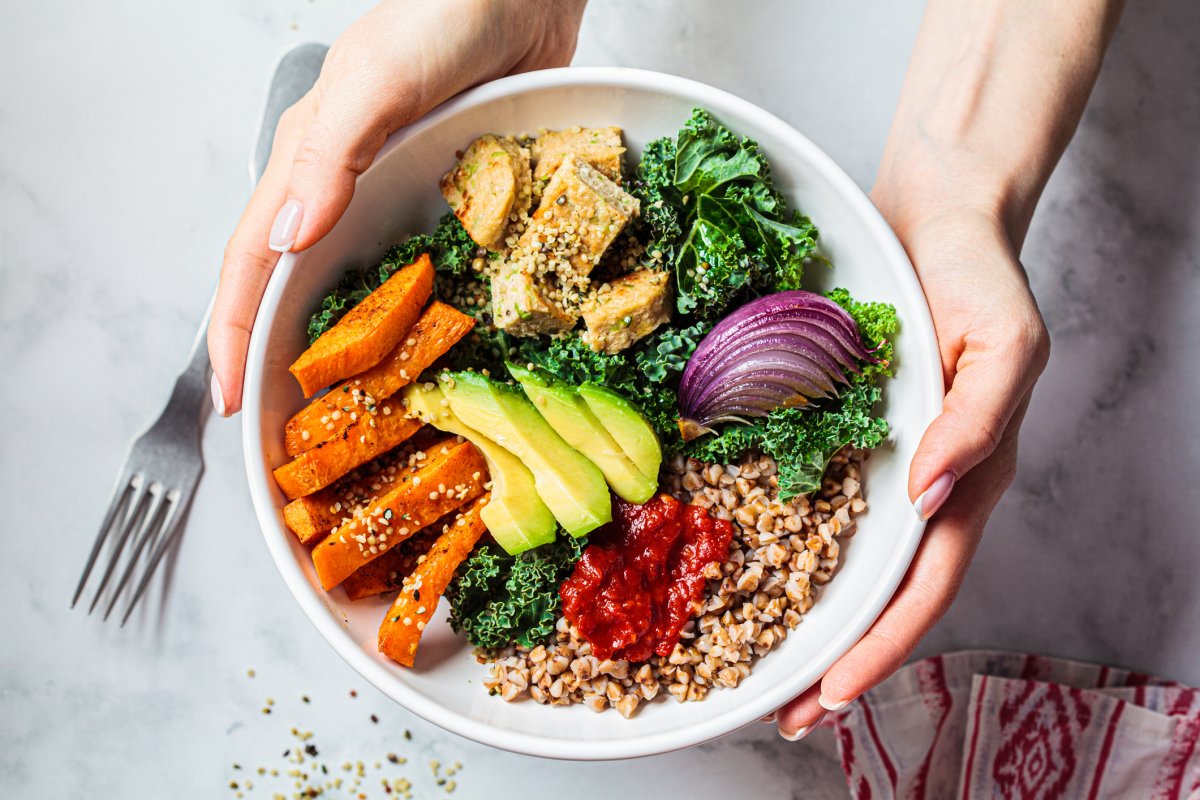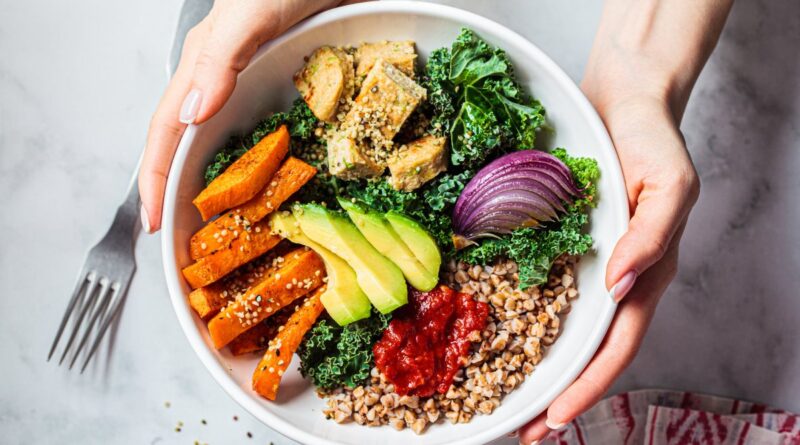Four essential nutrients missing from the diets of two-thirds of adults: “Scaring”
Nearly two-thirds of adults worldwide are deficient in four essential nutrients, new research shows.
The findings, published in the journal The Lancet Global Health, is part of a wider study investigating global deficiencies in 15 key micronutrients and their implications for human health.
“These results are alarming,” Ty Beal, senior technologist at the Global Alliance for Improved Nutrition and one of the study’s co-authors, said in a statement.
“Many people—even more than previously thought, across all regions and countries of all incomes—do not eat enough of many important micronutrients. These gaps have detrimental health outcomes. and they limit human potential around the world,” Beal said.
The study analyzed data from the Global Dietary Database, the World Bank and food surveys to estimate nutrient intakes for 15 essential vitamins and minerals in 185 countries. From these results, they found that more than a billion people 5 in the world do not get enough iodine, vitamin E or calcium in their diet, and more than 4 billion do not get enough iron.
But why are these nutrients so important, and what foods can we eat to ensure we get enough?

vaaseenaa/ Getty
Iodine
Iodine is an important mineral that our body needs to make thyroid hormones. These hormones play an important role in regulating our metabolism, which affects our ability to regulate our body temperature, heart health, brain development and weight, among others. of other things. However, 68 percent of the world’s population does not have enough, at least from food.
More from the Newsweek Vault: Compare Top Health Savings Account (HSA) Providers
It is important to point out that the study did not include the intake of nutrients through fortification and supplementation, which many people in the US rely on to meet their daily nutritional needs.
Interestingly, women were more likely to have adequate iodine intake compared to men.
More from the Newsweek Vault: What Eliminating Medical Debt on Credit Reports Can Mean for Consumers
The recommended dietary allowance for iodine is 150 micrograms daily and 220 micrograms per day for pregnant women, with a maximum recommended intake of 1,100 micrograms. So what foods can you eat to meet these recommendations?
- Cod is high in iodine, with about 146 micrograms per serving, according to the National Institutes of Health.
- Seaweed – two tablespoons of dried nori contains 116 micrograms.
- Milk – one serving of plain Greek yogurt has about 87 micrograms, while a cup of skimmed milk has 84.
- Eggs—one large hard-boiled egg contains 31 micrograms.
- Shrimp – 3 ounces contains 13 micrograms.
In America, many foods are also fortified with iodine, including certain breads and iodized salt.
Vitamin E
Vitamin E is a fat-soluble vitamin that plays an important role in removing metabolic waste products (known as free radicals), which can cause damage to our cells. It is also involved in supporting our immune system and communication between our cells.
The recommended dietary allowance for vitamin E is 15 milligrams, with an upper limit of 1,000 mg.
Severe vitamin E deficiency in the United States is rare, but previous research has shown that many Americans are not getting the recommended daily intake. According to new research, 67 percent of adults worldwide do not get enough of this important vitamin in their diet. Fortunately, there are many foods to choose from to meet your daily goals:
- Seeds – 1 ounce of roasted sunflower seeds contains 7.4 mg, almost half of your daily goal.
- Nuts – 1 ounce of roasted almonds contains 6.8 mg, while 1 ounce of hazelnuts contains 2.2 mg. Peanut butter is also rich in this vitamin, providing 2.9 mg in two tablespoons.
- Spinach—one-half cup cooked contains 1.9 mg.
- One-half cup of cooked broccoli provides 1.2 mg.
- One kiwi contains 1.1 mg (and 71 percent of your daily intake of vitamin C while you’re at it).
Because vitamin E is fat-soluble, you’ll get the most benefit from these foods if you eat them with healthy fats, such as avocado, fatty fish or olive oil.
Calcium
Calcium plays a major role in bone health, as well as blood flow, muscle function, hormone production and communication in our nervous system. Yet 66 percent of adults worldwide do not get enough of it in their diet.
The recommended dietary allowance for adults under 50 is 1,000 mg daily, rising to 1,200 for those over 50. Eating more than 2,500 mg per day can cause problems a stomach and can increase the risk of heart disease, but it is more difficult than this. limit from food only.
In America, about 72 percent of our calcium comes from dairy products — a serving of plain yogurt contains about a third of your daily recommendations, while a cup of milk contains about a quarter—but there are other sources as well:
- Fatty fish – 3 ounces of sardines contain 325 mg of calcium, or a quarter of your daily intake. The same amount of salmon provides 181 mg.
- Soybeans – half a cup of cooked soybeans contains 131 mg.
- Leafy greens – Half a cup of cooked spinach contains 123 mg, while one cup of cooked spinach contains 94 mg.
- Chia seeds – one tablespoon of chia seeds contains 76 mg.
- Beans – a half cup of canned pinto beans contains 54 mg.
The amount of calcium we can absorb varies between different foods, and your body needs adequate amounts of vitamin D to absorb it.
Steel
Our bodies need iron to carry oxygen in our blood. It also plays an important role in muscle metabolism, body growth, brain development and hormone production, among other things.
Iron deficiency, also known as anemia, affects about 4 to 5 million Americans each year, according to research published in the online journal PLOS One. Menstruating women are particularly vulnerable to iron deficiency, which is often characterized by fatigue, light-headedness, chills and shortness of breath.
The recommended dietary allowance for adults is 8 mg daily for men, 18 mg for women and 27 mg for pregnant women, with an upper limit of 45 mg for most adults. . However, 65 percent of adults worldwide do not get enough iron in their diet.
Foods rich in iron include:
- Shellfish—3 ounces of oysters contain 8 mg of iron, 100 percent of the recommended daily intake for men and about half of the recommended amount for women.
- Beans – One cup of white beans contains 8 mg of iron, while one cup of kidney beans contains 4 mg.
- Lentils – One cup of cooked lentils contains 6 mg.
- Spinach – Half a cup of cooked spinach contains 3 mg.
- Beef – 3 ounces of beef contains 2 mg.
Many breakfast cereals are also fortified with iron.
Reference
Passarelli, S., Free, CM, Shepon, A., Beal, T., Batis, C., & Golden, CD (2024). Global estimation of dietary micronutrient insufficiency: a model analysis. Lancet Global Health.
Is there a health issue that is bothering you? Have a question about nutrition? Let us know at health@newsweek.com. We can ask experts for advice, and your story can be featured Newsweek.
#essential #nutrients #missing #diets #twothirds #adults #Scaring
